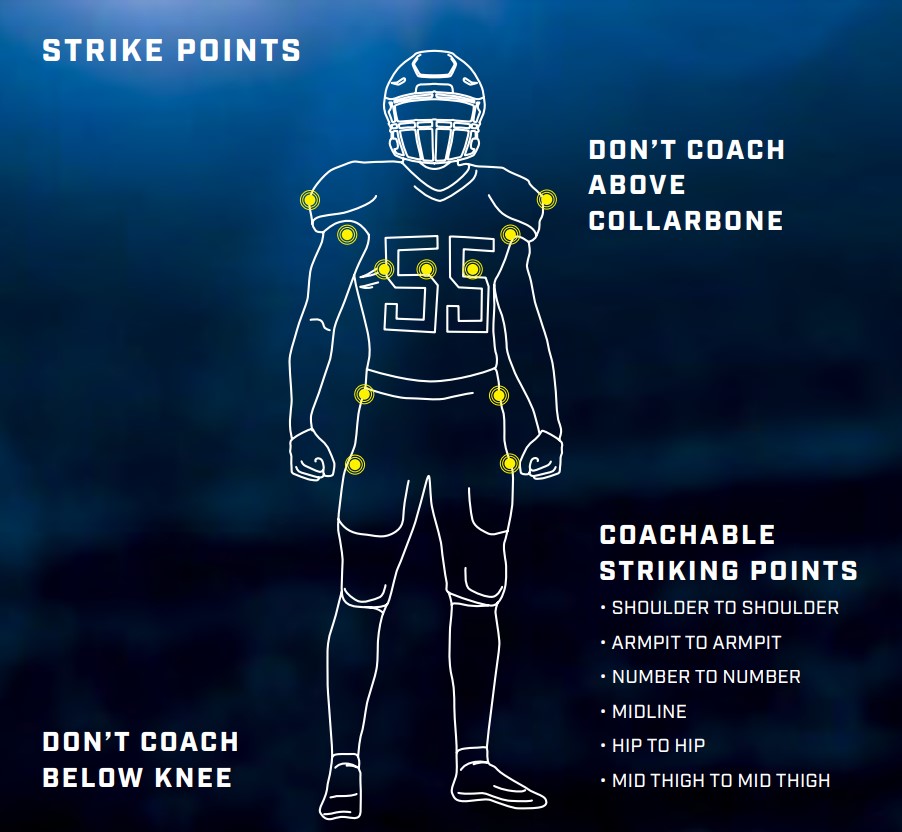The NFL Way to Play helps coaches teach the skills, techniques, and habits that bring players success on and off the field.
The NFL Way to Play applies science, research, data, and experience to promote proper playing technique, protect players from unnecessary risk and foster culture change at all levels of football.
The Five Shields of the Game
The Five Shields of the Game represent the best means for coaches to protect players from unnecessary risk and promote on-field excellence. NFL Way to Play techniques focus on these core areas and serve to protect the game and its players.
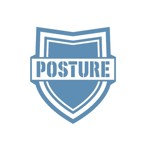 Posture
Posture
Quality posture is the bedrock of athletic performance. An athlete’s posture can substantially limit their exposure to poor performance and injury.
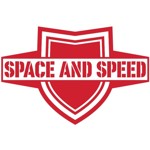 Space and Speed
Space and Speed
Two areas of focus in football are tackling and mobility blocks. By focusing both of these skill sets under the same umbrella, new and different language will teach how the game should be played on both sides of the ball.
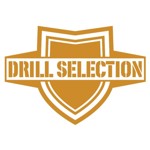 Drill Selection
Drill Selection
Improper drills will ingrain, reinforce or create performance behaviors that should not be a part of the game. Any drill that focuses on the use of the helmet, involves the motion of a player lowering the head prior to contact, or simulates a player diving headfirst below an opponent’s knees are inconsistent with the goal of the NFL Way to Play.
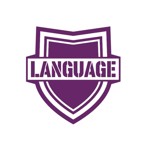 Language
Language
An effective way to change player behavior is to change coaching language. The helmet should never be used as a coaching cue or a teaching point in the game. Any coaching language that requires a player to focus on use of the helmet or targets an opponent above the collarbone or below the knee is inconsistent with the Way to Play.
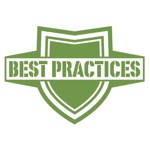 Best Practices
Best Practices
Football is the leading transformational sport in America. The combination of the physical, mental, and social demands separates the game from all others. Athletes need to be prepared in a holistic manner that prepares them for life after the game, regardless of the participation level.
- Total Wellness: Nurture players’ physical, social, and mental health.
- Nutrition: Ensure players properly fuel up for gameday.
- Hydration: Know the symptoms of dehydration and learn best practices.
- Time Management: Learn how to structure your practice schedule.
Read the NFL Way to Play Playbook to learn more about these best practices.
Drills to Use and Avoid
Consider these five factors when selecting drills:
Cadence, Angles, Run/Pass Reads, Schematics, Sportsmanship.
Drill Examples
- Fit Position Starting Point: Engaged with opponent or blocking shield
- Pad Level Drills: Individual drills OL vs. OL, DL vs. DL with blocking pad
- 9-on-7 and 11-on-11 with Run Pass Reads: All short yardage and goal line should be worked in 11-on-11 team drills
Prohibited Drills
- Board Drill / OL vs. DL In-Line Run Blocking (artificially confined)
- Bull in the Ring / King of the Circle
- Oklahoma Drill
- Half Line Drill / Pods / 3-Spot without Run Pass Read

Using the Right Coaching Language
Coaching cues focus the athlete’s attention either externally or internally. The ideal way to coach is through external coaching cues, which are more effective in producing high-quality whole-body movements.
Click on the tabs below to learn more about internal and external coaching cues.
Use external coaching cues to focus players’ attention on environment.
EXAMPLE: "When you are attempting to jump as far as possible, I want you to focus your attention on pushing the ground away from you as fast as you can."
Avoid internal coaching cues that focus players’ attention on a body part or piece of equipment.
EXAMPLE: "When you are attempting to jump as far as possible, I want you to focus your attention on extending your knees as rapidly as possible."
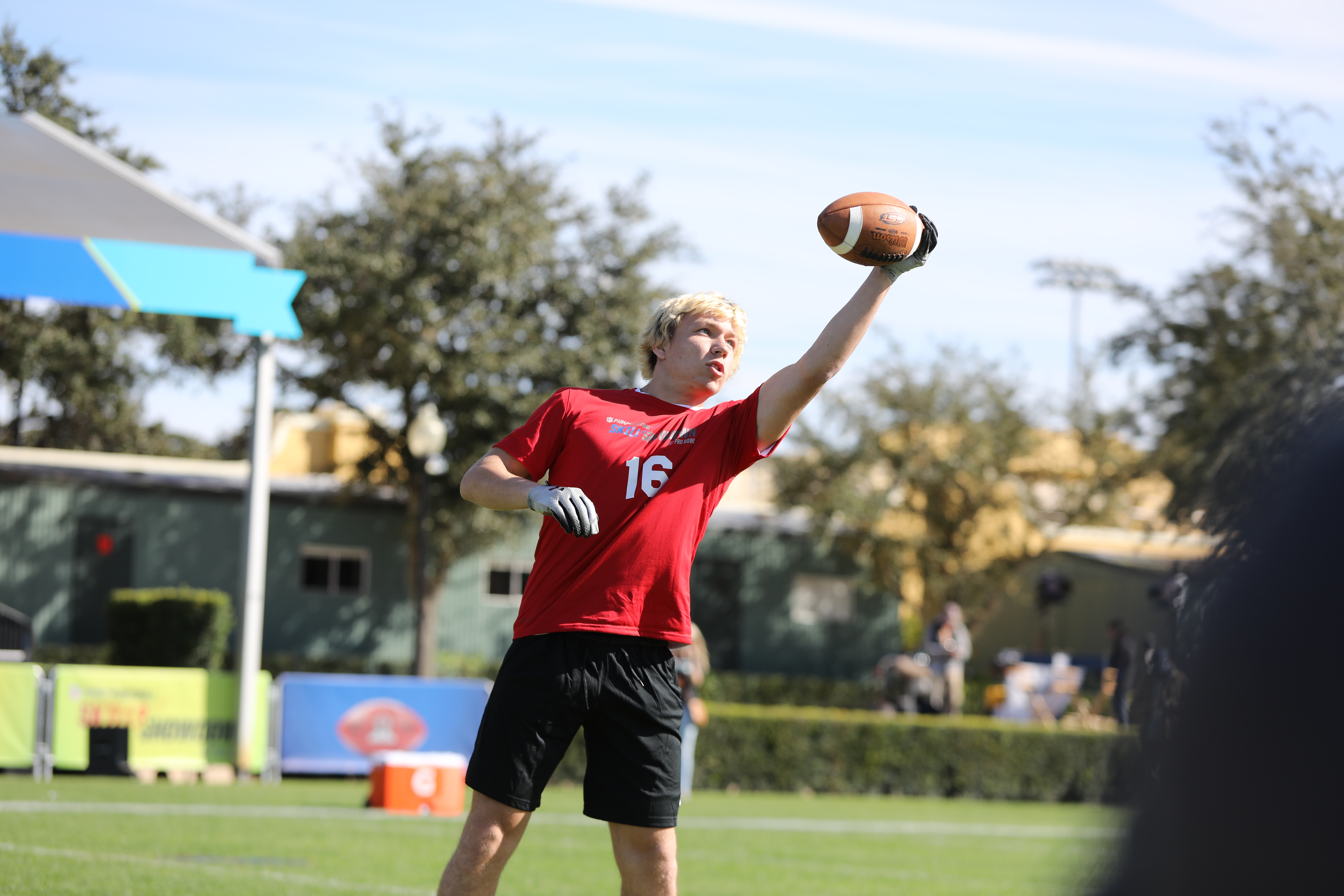
Language to Use
Using the right language automatically reinforces proper technique.
POSTURE
Playing with proper spinal alignment by keeping the shoulders back and the head up
HEAD UP
Focusing on the head being up from player stance and through contact
HEAD OUT
Moving the game toward the helmet being viewed only as a protective device
KNEES BENT
Creating movement by beginning and moving in an athletic position
PADS DOWN
Pad level affects a player’s ability to deliver and receive contact
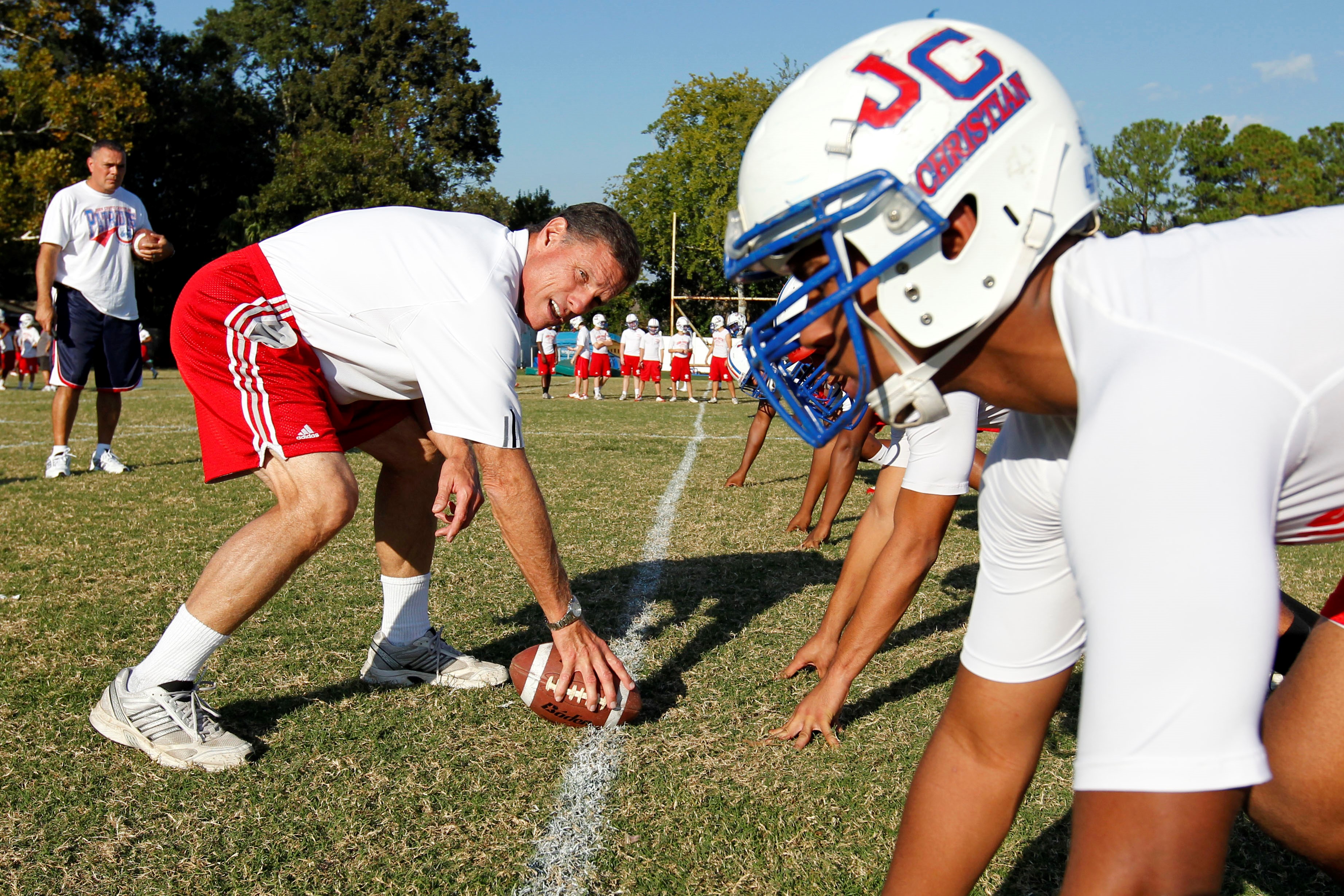
AP/Gerald Herbert
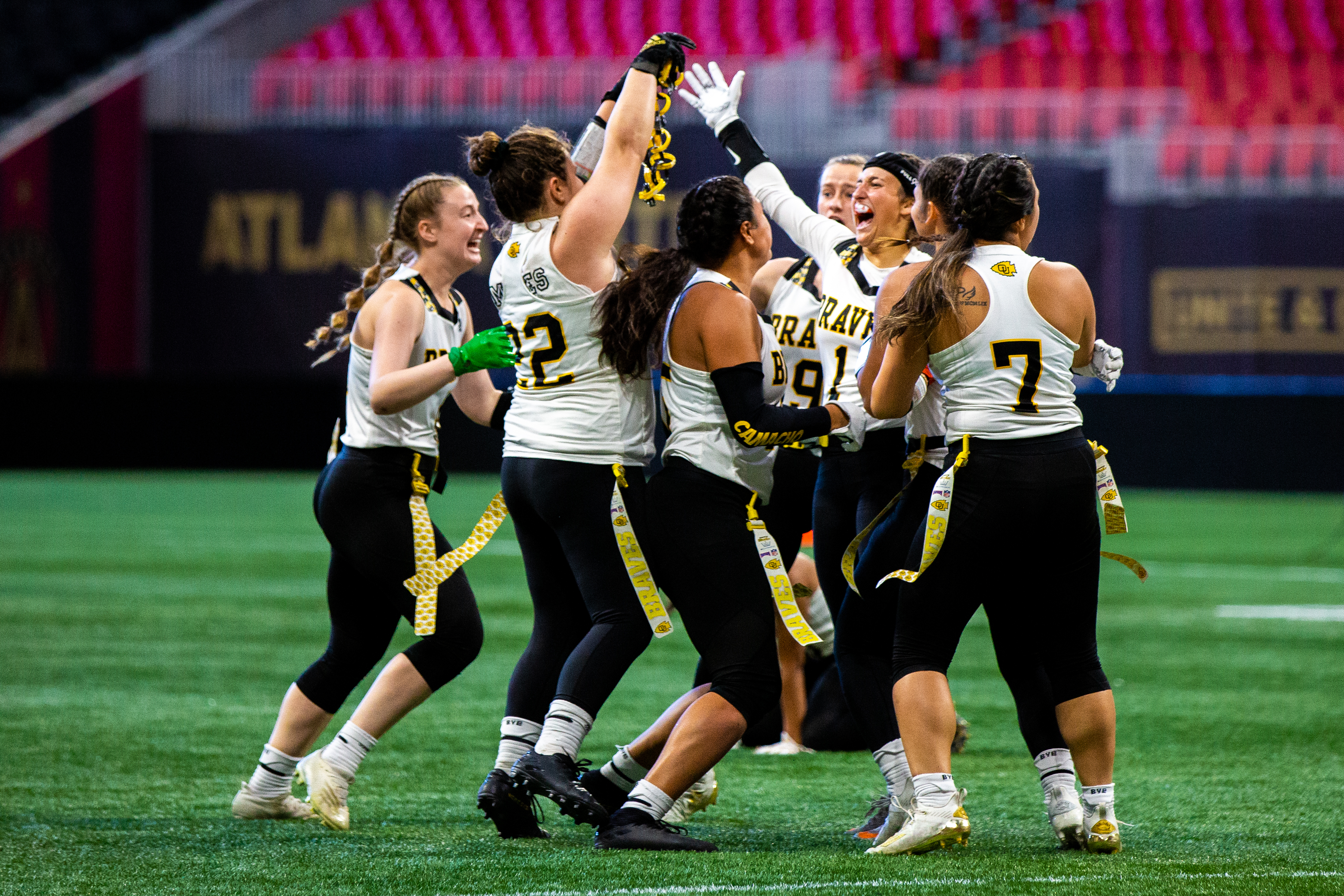
ANGLES
The game is about leveraging angles to create space, close space, block and make tackles
HANDS FIRST
When possible, the hands should always initiate contact with an opponent
CONSISTENCY
Practice is the key to creating replicable skills
CONFIDENCE
Players must trust they’ve received the best coaching and preparation
CAPABLE
The game is a tool to build the physical, mental, and emotional capacity of players
Language to Lose
Using the wrong language emphasizes improper technique.
All Players
- Emphasis on “Hat Placement”
- Screws on Screws
- Helmet Screws
- Drive Helmet through Target
- Earhole
Offense
- Get Your Head Across
- The 3-Points Contact
- Head and Hands
- V-Neck Aiming Point
Defense
- Head-butt and Press
- Bite the Ball
- Helmet to Chin Relationship
